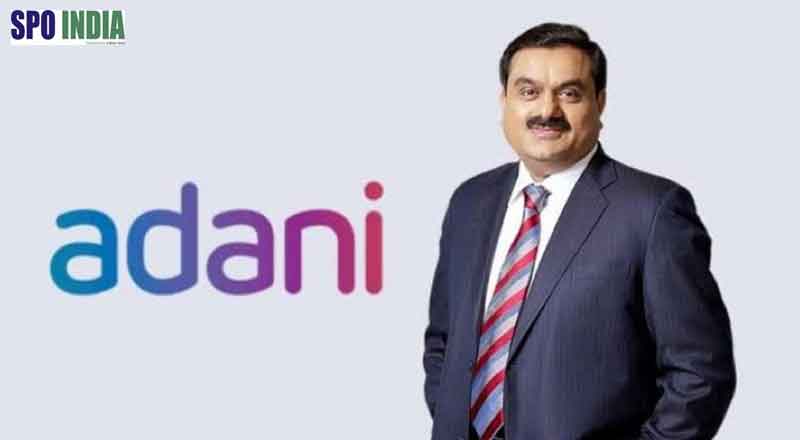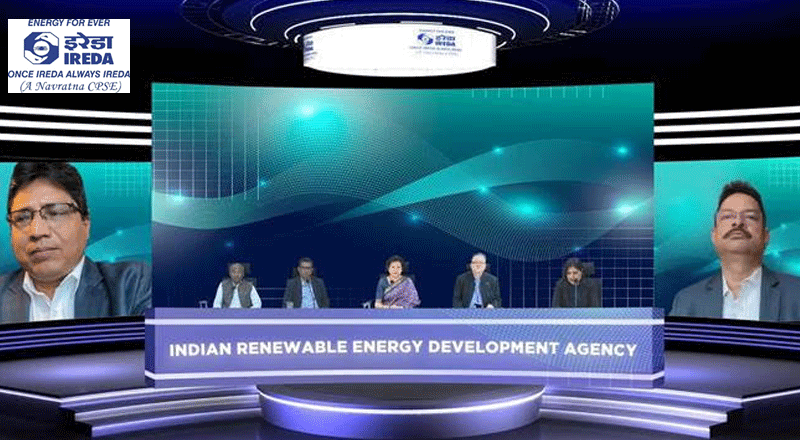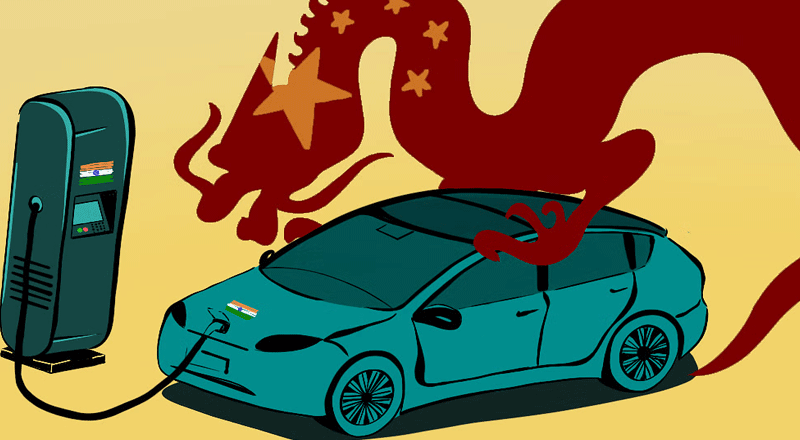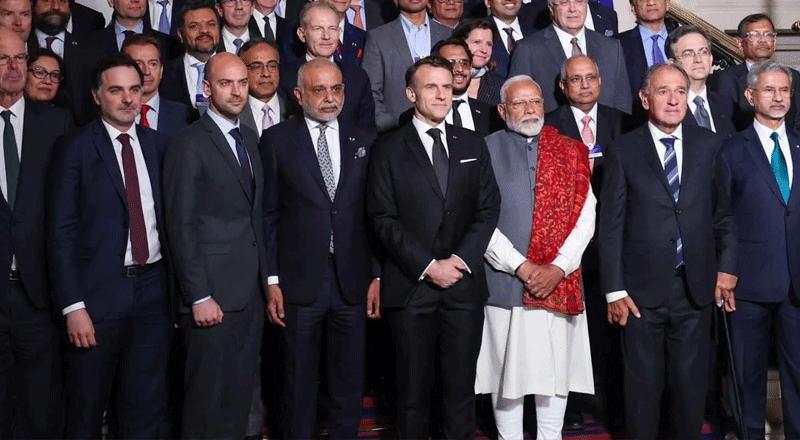Gautam Adani, Chairman of Adani Group, recently delivered a keynote address at the CRISIL-organized event “Infrastructure – Inspiration for India’s Future,” underscoring the pivotal role of infrastructure in India’s economic trajectory. His impassioned speech resonated with the audience as he articulated a compelling vision for India’s future through robust infrastructure development.
Adani began by invoking historical precedents, emphasizing how great civilizations like ancient Rome and industrial Britain flourished on the back of extensive infrastructure networks. Drawing parallels, he highlighted China’s rapid transformation propelled by strategic infrastructure investments since the late 1970s. Adani asserted that these examples underscore the fundamental link between infrastructure and economic prowess, framing infrastructure as the bedrock of a strong economy.
Reflecting on India’s journey, Adani credited the landmark economic reforms of 1991, often referred to as the LPG reforms (Liberalization, Privatization, Globalization), for unlocking the country’s economic potential. These reforms dismantled the stifling License Raj, paving the way for private sector growth and laying foundational groundwork for India’s subsequent economic surge. Adani pointed out that while India’s GDP grew sevenfold in the three decades pre-liberalization, it accelerated to fourteen fold post-liberalization—a testament to the power of market-friendly policies.
Transitioning to contemporary developments, Adani lauded the National Infrastructure Pipeline (NIP) as a transformative initiative aimed at galvanizing India’s infrastructure landscape. With over 9,000 projects spanning energy, logistics, water, airports, and social infrastructure, the NIP exemplifies India’s ambitious drive to enhance its infrastructure capabilities through public-private collaboration.
Adani underscored the pivotal role of governance in facilitating this infrastructure revolution, citing India’s increased fiscal investments and favorable policy environment as key enablers. He highlighted reductions in corporate income tax rates and improvements in the current account deficit as indicators of robust economic stewardship, fostering an environment conducive to sustained infrastructure growth.
Addressing the future, Adani outlined two burgeoning sectors—energy transition and digital infrastructure—as pivotal areas of focus. The global shift towards renewable energy presents a monumental opportunity for India, with plans to install 500 gigawatts of renewable energy capacity by 2030. Adani revealed ambitious projects like the Khavda renewable energy park in Kutch, set to become the world’s largest single-site renewable energy facility generating 30 gigawatts of power.
In the realm of digital infrastructure, Adani emphasized the critical role of data centers in supporting India’s digital transformation. With exponential growth in data consumption, fueled by advancements in artificial intelligence and machine learning, Adani projected substantial investments in data centers to meet future demand. He highlighted their potential to revolutionize sectors ranging from industrial clouds to cybersecurity, illustrating their pivotal role in India’s evolving digital ecosystem.
Looking ahead, Adani painted a compelling vision of India’s economic trajectory, predicting a GDP growth trajectory that could see India adding a trillion dollars every 12 to 18 months within the next decade. This ambitious projection underscores India’s potential to emerge as a 30 trillion-dollar economy by 2050, with a stock market capitalization potentially exceeding 40 trillion dollars.
Adani encapsulated his optimism for India’s future, likening it to standing at the edge of a vast ocean, poised to build bridges that connect aspirations with achievements. His closing remarks resonated deeply, encapsulating the sentiment that there has never been a better time to be Indian, buoyed by the transformative power of infrastructure to propel India towards its full economic potential.
As Gautam Adani’s vision reverberated through the audience, it underscored not just a narrative of economic growth, but a testament to the enduring spirit and resilience that defines India’s journey towards prosperity in the 21st century.
Adani’s speech served as a clarion call for stakeholders across sectors to harness India’s demographic dividend and leverage technological advancements to propel the nation towards unparalleled growth. He emphasized the importance of sustainable development, outlining how India’s commitment to green energy and digital innovation will not only address current challenges but also create new economic frontiers.
Adani’s reference to the National Infrastructure Pipeline underscored the transformative impact of collaborative efforts between public and private sectors in realizing India’s infrastructure ambitions. By highlighting success stories and global benchmarks, Adani inspired confidence in India’s ability to emerge as a global economic powerhouse, driven by infrastructure-led growth strategies.
Moreover, Adani’s emphasis on governance as a cornerstone of infrastructure development underscored the need for transparent policies and efficient regulatory frameworks to sustain India’s growth momentum. He articulated a vision where infrastructure investments not only bolster economic indicators but also enhance quality of life and create equitable opportunities across regions.
As Adani concluded his speech, his call to envision India’s future as one of boundless possibilities resonated with optimism and ambition. His insights into the synergy between energy transition, digital infrastructure, and economic growth framed a narrative where innovation and sustainable practices converge to redefine India’s global standing.
In essence, Gautam Adani’s address at the CRISIL event illuminated a path forward where infrastructure serves as the catalyst for India’s ascendancy on the world stage—a journey marked by resilience, innovation, and inclusive growth. His vision for India’s future through infrastructure is not just a roadmap but a commitment to realizing the nation’s full potential in the 21st century and beyond.
(With inputs from agencies)





